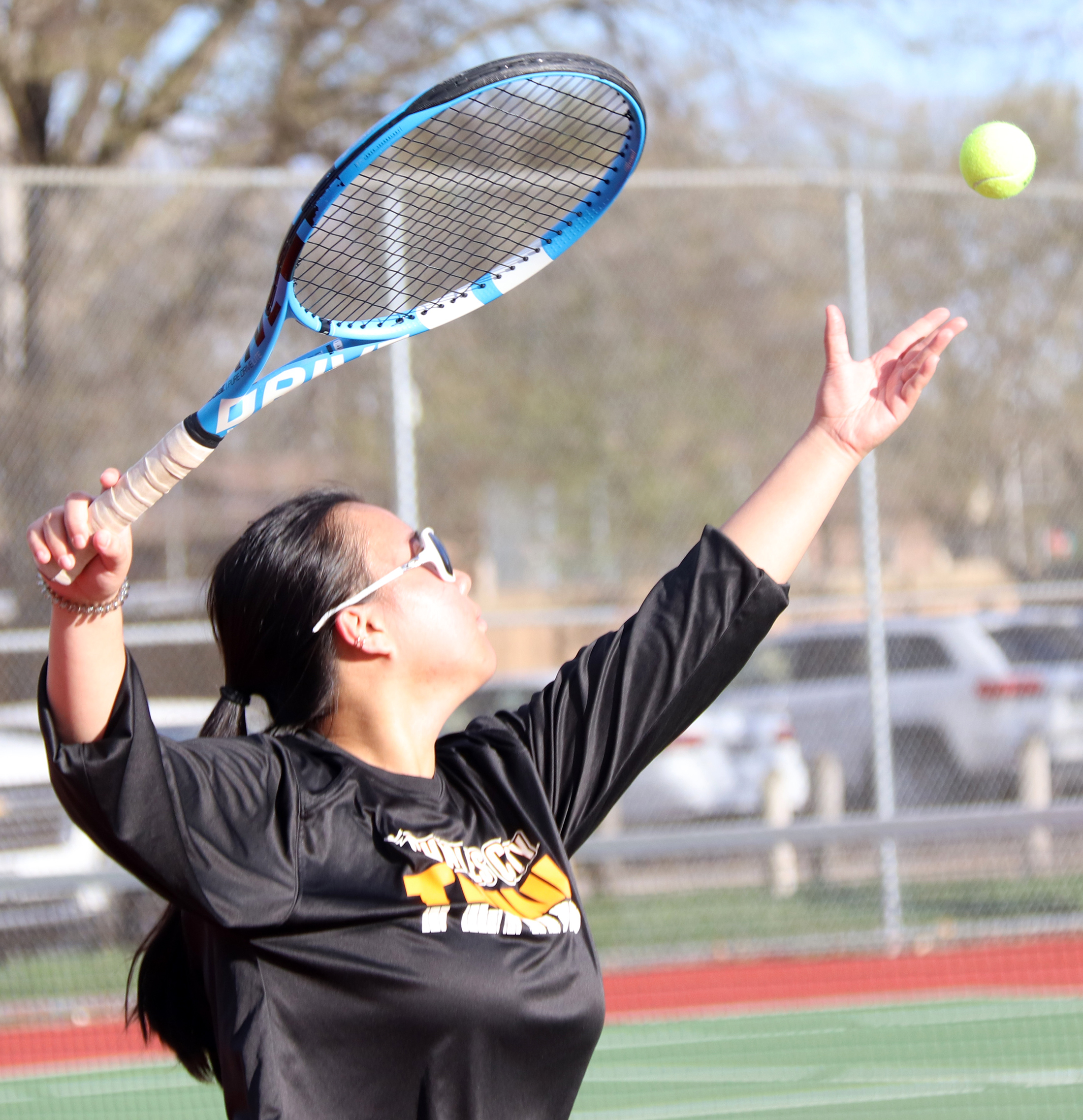Female MMA prominence is the ‘feel good’ story of the decade
By John Burbridge sports@charlescitypress.com
While covering sports, you tend to root for the story in favor of the mere outcome.
One ongoing story I continue to root for — or at least find intriguing — is the upstart and sustained prominence of women in mixed martial arts.
And if I remember correctly, they weren’t even invited to the party.
Though the celebrated Title IX of the Education Amendments Act of 1972 stating that “No person in the United States shall, on the basis of sex, be excluded from participation in, be denied the benefits of, or be subjected to discrimination under any education program or act” has mandated equitable opportunities for female athletes at the prep and collegiate levels, it has no dominion over professional or even semi-professional sports.
It certainly had no sway over UFC president Dana White, who once vowed in the spirit of Augusta National that the only role women would take inside the octagon would be to parade around the edges holding up Round 2 placards.
Nonetheless, women have not only infiltrated a sport that reeks with testosterone, they kicked the cage entrance down.
There was no need for any gate crashing for women when it came to professional basketball. The door was left wide open with a red carpet rolled over the threshold.
But even though the National Basketball Association has bent over backwards to promote pro women’s hoops, it’s still stuck in a low-orbit holding pattern.
Of the major men’s sport leagues in the United States, the NBA is the only one to have a woman signed to a player contract — Ann Meyers with the Indiana Pacers in 1980 … the Pro Basketball Hall of Famer didn’t make the final cut.
The NBA employs female referees and helped form and underwrite a female counterpart league — the WNBA.
In all fairness to the WNBA, the league has made some strides in its now 20-plus seasons. It is even willing to take some calculated risks like opting for a postseason format consisting of the top eight teams regardless of conference standings.
(The NBA may soon adopt the same format if the West continues to be the overwhelming best).
But even with live-stream apps and increased ESPN playoff coverage, the WNBA still has an average attendance of well under 7,500 a game and provokes little if any “water-cooler talk” at the office.
The obstacles keeping the WNBA on the fringes of cultural consciousness may not be as obvious as they seem. Sure, it’s an indoor sport played during an outdoor season, but so is baseball in Miami.
Lack of television coverage is often cited, but televised WNBA games — especially when aired on table-tennis-sized flat screens — may be the problem as they magnify the discrepancies in athletic explosiveness between men and women.
After a season of tuning into the likes of John Wall, or even Derrick Rose before the knee surgeries, WNBA live telecasts seem to be set at NFL Films replay pace.
Surely, the superior speed and strength of male MMA fighters over female fighters would also be evident — televised or in person. Still, MMA women have produced more household names as of late for those who have a casual interest in the sport.
One reason could be the enticement of “old school” MMA fundamentals that are more prevalent in women’s bouts — i.e. the Gracie Family-like jiujitsu techniques and strategies that can lead to submission victories for combatants on his (or rather her) back.
Though jiujitsu and grappling as well as ground and pound are still readily employed in the sport, greater emphasis on boxing, Muay Thai and other kickboxing disciplines have resulted in more stand-up bouts in men’s MMA. For instance, double-leg takedowns that helped the success of transitional wrestlers during the fledgling era of PRIDE and the pre-White Ultimate Fight Championships are more dangerous to attempt now with more fighters deft at using their knees for skull-fracturing knockouts.
As a result, more MMA fights resemble kickboxing bouts that only go to the ground after a strike-provoked knockdown.
Trends tend to be fickle. Women’s MMA bouts may eventually become more stand-up, and men’s bouts may return more to the ground.
Regardless, the celebrity-status the top MMA women fighters enjoy now is likely not going out of style soon — not with a well-educated female fan base watching its back.
When factoring in the proliferation of women’s self-defense classes and seminars, it’s safe to say that more civilian women have had martial art training at some level than civilian men.
The more you know about a sport or subject, the more likely you will be entranced by seeing it performed or executed at the highest level.
But even with all the above being said, women’s MMA is experiencing a bit of an ebb after a span of flow. It’s most marketable covergirl to date — Ronda Rousey — who dominated the sport with her mastery of submission holds, has proven vulnerable to standup strikers, and after two straight losses seems to be leaning more to a WWE career.
As of now, Cristiane “Cyborg” Justino is the “Baddest Woman on the Planet”, though she was likely that long before she won her first UFC title this past weekend in the organization’s newly installed women’s featherweight division.
“Cyborg” will never garner a fan-base as large as Rousey’s, in part because of her drug suspensions — though one of them was overturned.
Her size is also a problem. Justino’s ideal fighting weight is around 170 pounds, and there are a dearth of quality women fighters who carry that weight.
Thus to cater to worthy opponents, Justino is forced to cut weight at potentially deadly expediency.
Maybe more talented women lightweights (155 lbs. In MMA) or welterweights (170 lbs.) will emerge to give Justino a challenge, or maybe she will be eventually enticed to take on a male opponent.
The latter option is unlikely, but if it ever does find its way on a card, you know who I’ll be rooting for.







Social Share